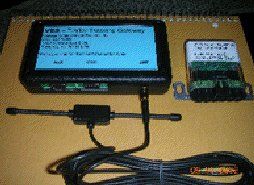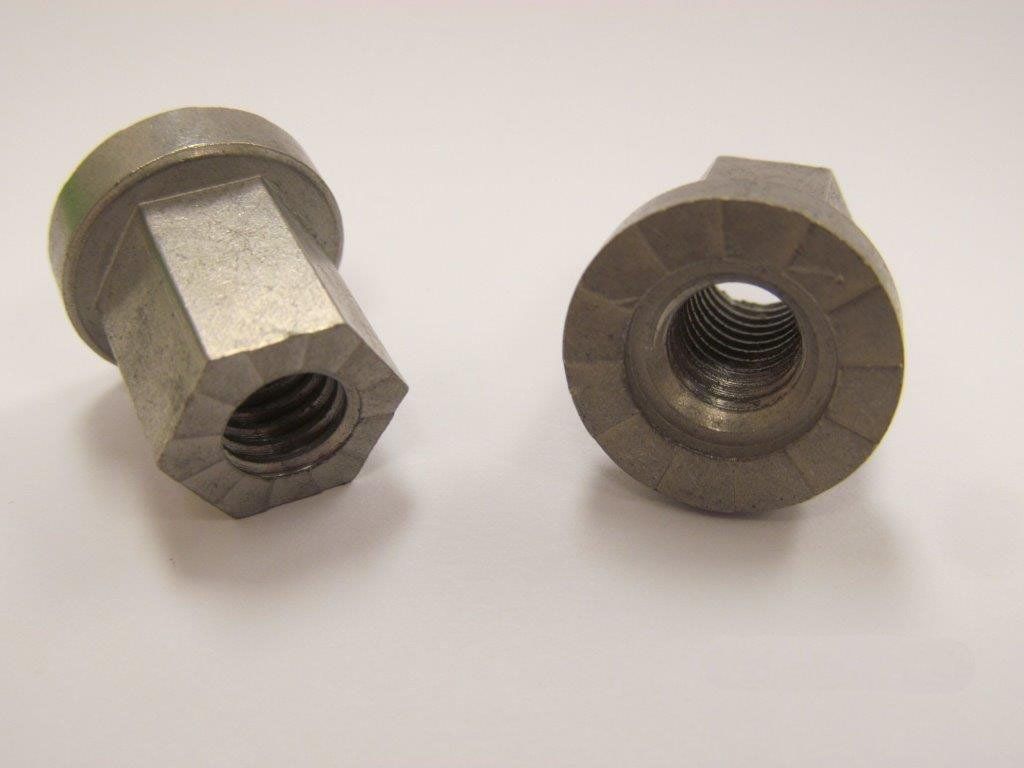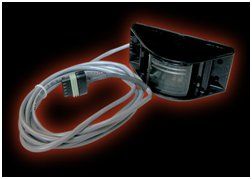VES Industry and Government Contracts
As technology has continued to evolve at a rapid pace over the past two decades, VES has used its expertise to play an integral role in the integration of new electronic and communication subsystems to not only improve the performance of tractor/trailer vehicles but also ensure the safe implementation of these technologies by the industry.
Intelligent Vehicle Initiative (IVI) Field Operational Test Program: Infrastructure Assisted Hazard Warning and Automatic Crash Notification
Core Participants: Mack Trucks, Inc; XATA Corp; Richard Bishop Consulting (RBC); McKenzie Tank Lines, Inc; VES, Inc.
The Intelligent Vehicle Initiative (IVI) was a collaborative effort utilizing mutual investment resources to advance the state of availability of in-vehicle active safety systems to improve highway safety and to enhance the quality, profitability, efficiency, and safety of industry, government and the general public.
The Development, Evaluation and Deployment of Heavy Intelligent Communication and Powering Enhancement Systems
Core Participants: Delco Electronics Corp., Freightliner Corp., Ryder Transportation Services, VES, Inc., Volvo Heavy Truck
The Technology Demonstrator Consortium, comprised of thirty-two members, brought together a wide collection of industry interests to form a collaborative, jointly governed venture between industry and government to develop, evaluate, and deploy two heavy-duty technology vehicles. The Technology Demonstrator project was completed in two phases. Phase I included the application of numerous electronic systems and subsystems, such as but not limited to, antilock brakes (ABS), obstacle detection systems, brake monitoring systems, and tire monitoring systems. The second phase of the project placed the completed vehicles in actual fleet service where their performance was
evaluated according to maintenance/repair records, and mechanic/driver feedback. A final report was compiled, written, and submitted by Vehicle Enhancement Systems on behalf of the Technology Demonstrator Consortium in October 1998. The primary authors were Alan Lesesky and Margot Kaiser.
In October 1993, VES president Alan Lesesky co-authored the report An Analysis and Investigation of Tractor and Trailer Electrical Systems Capabilities (DOT HS 808 076) which included suggested improvements to enable the electrical systems of tractor/trailers to meet present and future electrical power and signaling demands. TMC RP-137, TMC RP-141, and SAE 2247-trailer ABS performance standards evolved from this study.
Government Contracts
VES has worked closely with the Department of Transportation (DOT), more specifically the National Highway Traffic Safety Administration (NHTSA) on numerous industry projects and studies, some of which have led to new industry guidelines and standards.
US Department of Transportation (DOT) Contract National Highway Traffic Safety Administration The American Trucking Association, Inc. (ATA): Contract No.: DTNH22-92-P-07491
Project Title: An Analysis and Investigation of Tractor and Trailer Electrical Systems Capabilities
Period of Performance: January 1993 to August 1993
US Department of Transportation (DOT) Contract #DTNH-22-95-H-17001
Project Title: The Development, Evaluation and Deployment of Heavy Intelligent Communication and Powering Enhancement Systems
Period of Performance: Oct. 1, 1995 to Oct. 1, 1998
US Department of Transportation (DOT) Small Business Research Program (SBIR) Contract # DTRS57-96-C-00096
Project Title: Electrical Ground Loop in Heavy Vehicles
Period of Performance: Sept. 20, 1996 to April 3, 1997
US Department of Transportation (DOT) Contract Federal Highway Administration Contract No.: DTFH61-99-X-00103
Project Title: Intelligent Vehicle Initiative (IVI) Field Operational Test Program: Infrastructure Assisted Hazard Warning and Automatic Crash Notification
Period of Performance: October 1, 1999 to 2004
Booz, Allen & Hamilton Inc. Sub-contract No.: 09073-0202-47097TR309
Project Title: CV Safety Technology Diagnostics and Performance Enhancement Program
Period of Performance: December 21, 1999 to 2004



